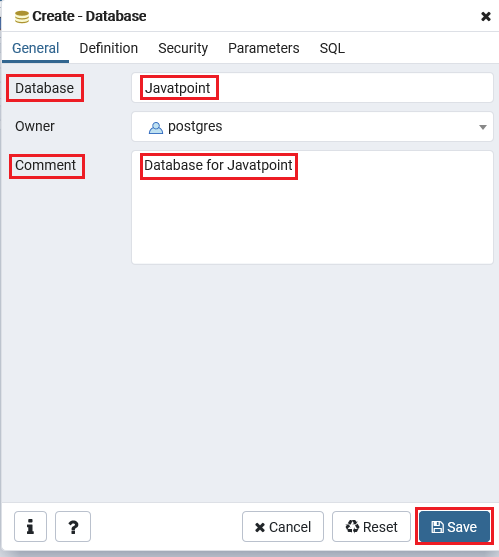

It changes the user's password in the database for future logins (forgot password functionality). Change Password: The Change Password script modifies the password for the user's email address.Verify: The Verify script updates the verification status of a user's email address in your database.Login: The Login script verifies the identity of the user in your PostgreSQL database whenever a user needs to authenticate.Create: The Create script inserts a new user with email and password into your PostgreSQL database.You should define Custom Database Action Scripts to perform the following actions: These scripts include JavaScript functions that allow you to execute a variety of tasks such as adding a new user, logging in a user, and so on. Go to the Custom Database tab and enable Use my own database to configure the custom database.Īuth0 uses Node.js scripts, called Action Scripts, for connecting and accessing your database. Click on the Create DB Connection button, give your database a nice name, and click the Create button. Once you log in, navigate to the Database connections page (Auth0 Dashboard > Authentication > Database).
Postgresql create database user password for free#
Enabling Custom Databasesĭon't already have an Auth0 account yet? Sign up for free right now! For more information, see Auth0 pricing plans. Limited Access: Some features are available depending on your Auth0 subscription. In this article, you will learn how to set up PostgreSQL as a custom database for Auth0.

You can configure any database or web service, including ASP.NET Membership Provider, MongoDB, MySQL, PostgreSQL, as an Auth0 custom database. Using a custom database as a user store in Auth0 facilitates user migration and adds an OAuth and OpenID Connect layer to your existing user database. Furthermore, Auth0 uses OAuth 2.0 as an authorization framework with which you can be confident in terms of security. Auth0 lets you store users in your own database. You can use Auth0 to create and maintain your own user store while also providing a secure authentication system on top of it.


 0 kommentar(er)
0 kommentar(er)
